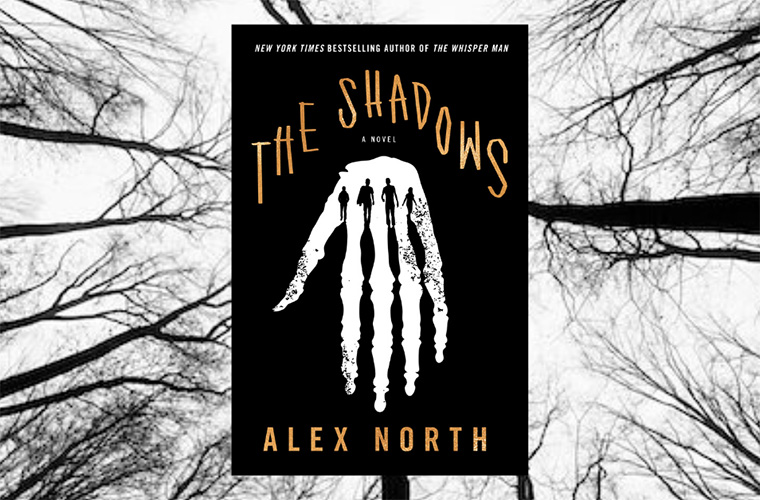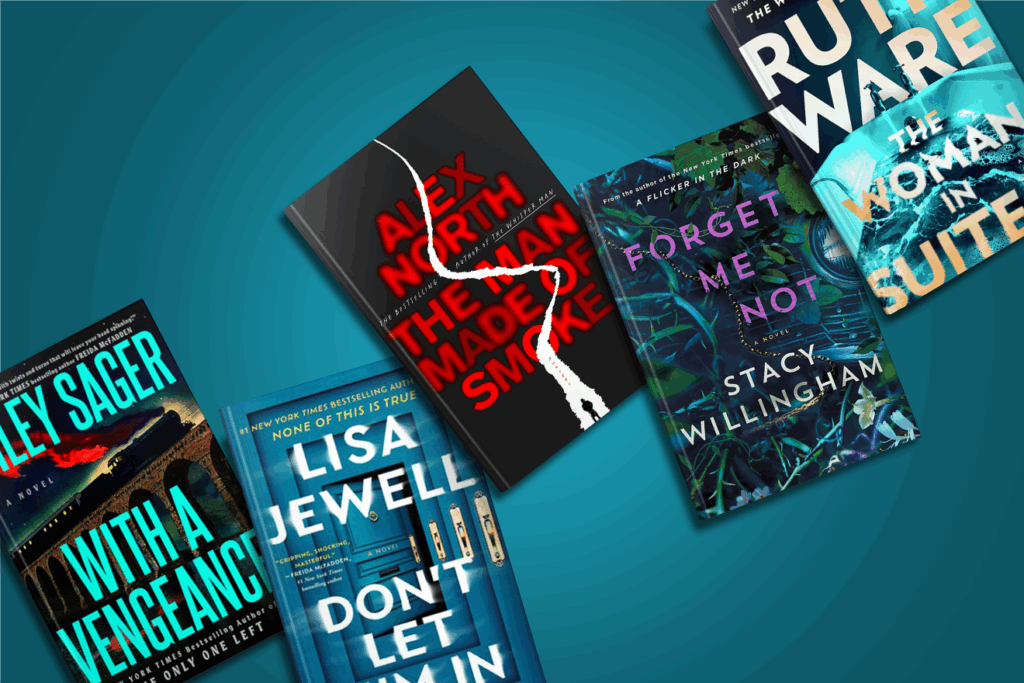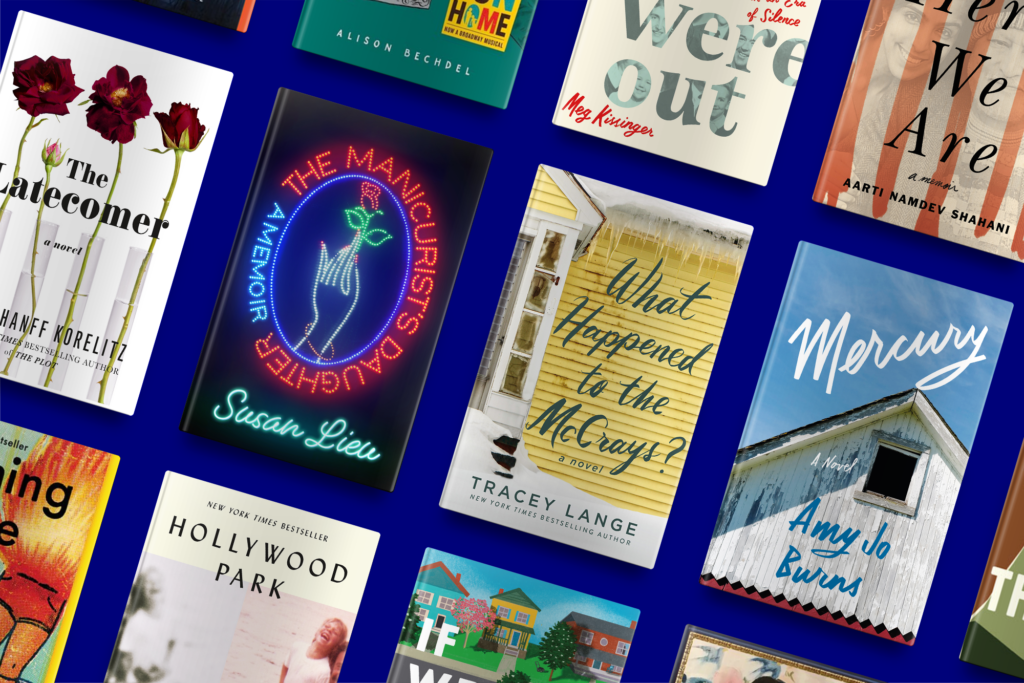
From the bestselling author of The Whisper Man comes a new dark suspense thriller that will have you examining the darkest corners of your dreams.
This interview was first published on Bookbub.
How did you come up with the idea that became The Shadows?
Like I suspect a lot of writers, I was fascinated by a crime that occurred in Wisconsin in 2014, where two young girls attempted to murder one of their friends. The girls had become obsessed with a figure known as Slender Man, and had created this fantasy world between them, to the point they believed a sacrifice would allow them to escape the real world and join him. Slender Man is of course an entirely fictional figure, but a whole subculture has grown up around him. My first thought was “how could anybody really believe this?” — but then I remembered how alienated and lonely you can feel when you’re young, the imaginative games you play and the way those can take hold, and I also started reading more about shared delusional disorder, in which two or more individuals begin to believe the same extraordinary things.
That was probably the genesis of the book, but I also knew I wanted to write it from a distance — to have that crime occur in the past and then to revisit it from the present. So the murder in The Shadows actually happened a quarter of a century earlier, and there have been copycat cases in the years since. The main character, Paul Adams, knew the killers and the victim, and when he has to return to his home town in the present day, he’s met by some strange and frightening events that force him to revisit the events of his childhood. He has to face up to the memories of what he did and didn’t do back then, and also the repercussions of everything that’s happened since. And through that, he realizes maybe he can find a way to stop the killings from continuing.
We agree that the “Slender Man” case is fascinating and a fertile ground for storytelling. Which aspects interested you most?
Although Slender Man was one of the initial spurs for writing the book, the truth is I’ve never found him all that frightening or interesting. (Sorry, Slender Man fans!) I was more interested in the psychology of people actually believing in him — but even that was really only a jumping-off point, as obviously with a novel you’re going to be using a lot of poetic license and sometimes painting in fairly broad strokes. My characters are very different from that real-life crime — they’re boys and teenagers, for example — and while I tried to make the gradual development of the fantasy world between them all believable, I was always writing a thriller, not a psychology textbook.
One of the things that did interest me was the phenomenon of web-sleuthing: men and women who gather on forums and pore over every detail of unsolved murders and disappearances. I’m a member of some of those communities, and there are a couple of crimes I’ve followed incessantly over the years. While some of the people I’ve interacted with have been intensely knowledgeable, I’m under no illusions that — as a general rule — an online group can do much more than the police, but there’s still something compelling about them. So those experiences did find their way into the book. Perhaps less so over subsequent drafts, but they provided a foundation, and everything you build needs one of those.
Lucid dreams play a major role in your new book. What is your experience with lucid dreaming?
Lucid dreams are when you ‘wake up’ in a dream while remaining asleep. I was obsessed with them as a teenager, and have remained so to an extent as an adult. The appeal was always the idea of escape: of being in control of the world and able to do anything you want. Also, you spend a couple of hours every night dreaming, and dreams are indistinguishable from the real world while they’re happening. One way of looking at it is that for every year of experience that seems real to you, a whole month will actually be dreams. That’s a lot of life to waste! But a more disorientating thought is this: If you randomly stopped and asked yourself “am I dreaming right now?” then one out of every twelve times the answer would be yes.
But it takes a bit too much effort for me. One of the key things is keeping a dream diary, which I have done intermittently over the years, but which is ultimately a bit more work than I’m prepared to put in. The interesting thing is how quickly you notice patterns; for example, I have a couple of different themes I dream about regularly, and it’s intriguing to wonder why. But there are also extremes people go to — different diets; unusual sleeping patterns — and I’m not really motivated enough to go down those routes.
These days, having a lucid dream is a nice surprise once in a while, but I don’t chase them anymore. That said, I thought they were fertile ground to explore — that isolated teenage boys in a drab community might seize on them as means of escape. And that things could become sinister very quickly, especially if one of them began manipulating the others.
One of the main characters in The Shadows — DI Amanda Beck — was a minor character in The Whisper Man; the main setting in both books is about 100 miles apart. What made you decide to write these two stories in the same fictional world?
Amanda actually arrived quite late in the writing process — she wasn’t in the first draft at all. But as I rewrote and played around with ideas, she began to step forward as a key player. While the focus of the book is on Paul and what happens when he returns to his home town, it became clear I also wanted a crime in the present day that mirrored what happened all those years ago. Initially, I came up with an entirely new character, but then realized I was wasting an opportunity. The events at the end of The Whisper Man leave Amanda slightly adrift, and I decided to use one of the themes of The Shadows — the legacies passed on from one generation to the next — to see if I could resolve things a little for her. Like Paul, at the start of the book she has her own issues with the past that need to be addressed. And once I began writing her, she clicked naturally into place, like a member of the cast who should have been there from the start.
Although “scary” is a subjective term, many scenes in The Shadows seemed more graphic than in The Whisper Man. Was this an intentional shift? And do you think The Shadows is a scarier book?
I think The Whisper Man and The Shadows are roughly equivalent in terms of scenes of violence that occur “on the page” — in both cases that’s very little — but The Shadows is more explicit in describing the aftermath of the violence. It was intentional, but only because different stories require different approaches. In The Whisper Man, I was dealing with the murder of children, and it felt right to handle that material from a careful distance. I don’t want to write graphically about that, and nobody in their right mind wants to read it. But it was also appropriate on a different level. Police attending such a harrowing scene are going to approach it with respect, and it made sense to adopt a similarly solemn approach when it came to describing it. Basically, you’re writing the scene in a way that reflects how the characters are experiencing it.
For that reason, when it came to The Shadows, there were certain scenes where it was important to present what happened in slightly more detail. But the violence itself wasn’t a case of trying to be scary. I usually find explicit violence upsetting rather than scary — for me, the threat or anticipation of violence in a story is much more frightening than any graphic depiction of it.
As to which is more scary — I throw my hands up for that one! That’s not for me to say. In both cases, I just wanted to tell the underlying story the best way I could.
In both The Whisper Man and The Shadows, the parent-child relationship is an integral part of the story. What keeps drawing you to this theme?
I’m not sure! With The Whisper Man, I deliberately set out to write about fathers and sons, so that theme was central from the very beginning, but with The Shadows it emerged more organically. I generally have to write a first draft of a book to discover what I should have written all along, and The Shadows was no different on that level. Just as Amanda didn’t appear in the first draft, the relationship between Paul and his mother was also very much in the background at that point too. It was only while rewriting the book that it became more prominent and important. But I am very drawn to characters with past traumas in their lives that need to be addressed — whether they like it or not — and the more I wrote, the more it became clear that Paul’s relationship with his mother was a key part of the story. If you’re going to write about a character confronting something that happened in childhood, and about how it’s impacted them in the present, it’s inevitable you’re going to end up looking at all the factors that shaped them. And so in subsequent drafts Paul’s mother just made more of her presence felt, until — in some ways — their relationship became the heart of the book.
As one character in The Shadows says, “A ghost story … more sad than anything else.” Do you agree?
Absolutely. I mean — speaking purely on a personal level — I don’t find ghosts scary. In fact, it seems to me that there would be a certain degree of comfort in knowing that people we love (and ultimately ourselves) go on in some way after death. But I think there is an underlying sadness to every ghost story, even the ones that purport to be frightening. Someone has died, after all. Someone is missed and grieved for. Someone is not at peace. Ultimately, a ghost is a manifestation of all the unfinished business that inevitably comes with death, and that’s pretty much sad by definition. And let’s be honest: You never see a happy ghost, do you?


